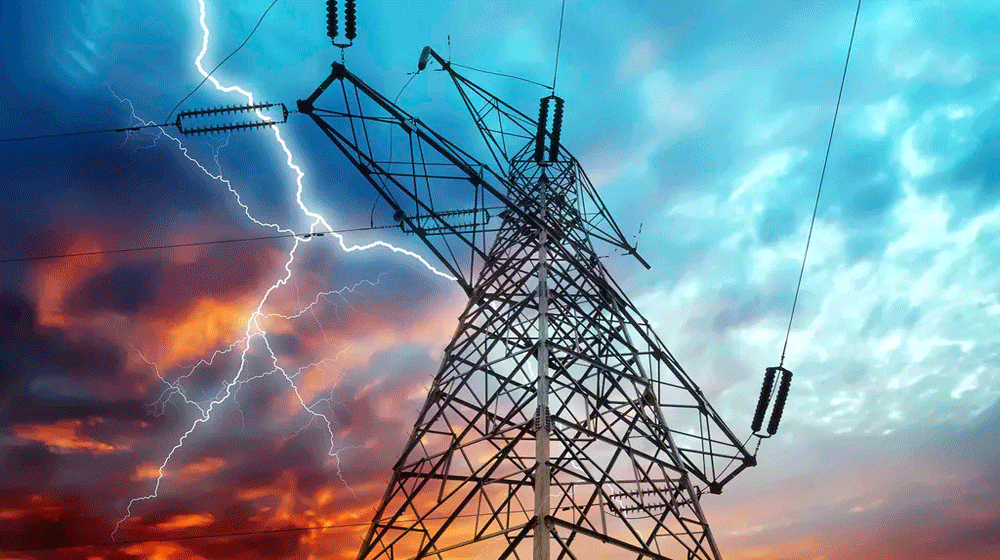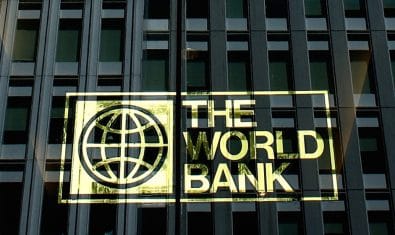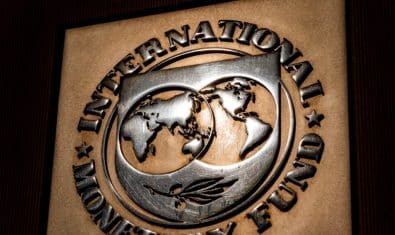The government has been unable to transmit full electricity production of the 147 MW Patrind Hydropower Project on account of failure of National Transmission & Dispatch Company (NTDC) to complete the transmission line, incurring billion of losses to the national exchequer.
Patrind Hydropower Project has produced 480 GWHs of electricity since its commercial operations in November 2017 against the production of 640 GWHs estimated in the PC-1, revealed senior officials of the project.
The project was completed with $436 million including $97 million assistance from the Asian Development Bank (ADB). Its commercial operation was achieved in November 2017.
Habib-ur-Rehman Jadoon Chief Engineer said that as per the commitment, NTDC had to complete transmission line before the project completion but quoting financial constraints, it revised the deadline repeatedly. Now NTDC has given the commitment to complete the 45 km long Mansehra transmission line for Patrind power project by June 2019, but seems too difficult, officials revealed in a background briefing to a select group of media persons.
The transmission line from Patrind to Mansehra is 45 km which would be a relaxed line and would reduce tripping probability.
The existing load of 150 MW is not supported by the Muzafdaarabd-Attia-Jehlam-Mangla transmission line, which is a long, old and complex route, and results in voltage drops.
“When we operate the project in peak, we face problems due to inability of NTDC to transmit the maximum power, as they ask for reduce load.”
“If we have maximum load and cannot transmit, it result into billions to the government. If we produce 140 MW instead of its capacity of 150 MW, it results into losses to the national exchequer”, Jadoon added.
The official further stated that due to climate changes, little snowfall has been witnessed during the last season as well as in the current season which resulted in water shortage. The project is solely dependant on Kaghan glacier but for the first time during the last 60 years such situations have been faced, due to which power plant could not be made operational. But even is there is water available due to rains and can run the project with full potential, NTDC asks for low load due to transmission lines.
The Project involves construction and operation of a 147 MW run-of-the-river hydroelectric power generation facility between the Kunhar and Jhelum rivers near Muzaffarabad on a BOT basis for a period of 30 years from the commercial operations date.
The project addresses Pakistan’s growing energy deficit by adding 147 MW power generation capacity and promote more efficient use of indigenous and renewable energy resources. The project also promoted private sector participation in the country’s hydropower sector under the Power Policy 2002. In addition, the Project stimulates local employment and economic activities, officials added.
The Project is consistent with ADB’s Strategy 2020 which emphasizes investment in infrastructure to achieve high sustainable economic progress, connect the poor to the markets, and increase their access to basic productive assets, as part of ADB’s support for achieving inclusive growth.
ADB’s support for the Project is in line with the Country Partnership Strategy for Pakistan during 2009-13 which emphasizes the importance of energy sector development (particularly clean energy), private sector participation in infrastructure development, and expansion of ADB’s private sector operations in the hydroelectric sector.
The weir side of the Project can be reached through Boi Road on right side of river Kunhar at a distance of approximately 12.3 km from Garhi Habibullah, a small town in District Mansehra. The powerhouse side of the Project is accessible from lower Chattar, Muzaffarabad where a class 70 bridge has been constructed across river Jhelum as part of the Project for access to the powerhouse.
The Project diverts the waters of river Kunhar through a weir, located near village Patrind, and a left bank conveyance system of headrace tunnel to the right bank of river Jhelum, near the city of Muzaffarabad, where a powerhouse has been built. The natural difference of elevation between river Kunhar and river Jhelum, along with a 43.5 meter high weir provides a suitable head to set up a 147 MW power project.
Major Project components include a weir structure, an upstream concrete cofferdam and a flushing tunnel for sediments flushing, an intake structure slightly upstream of the weir leading to the headrace tunnel. The headrace tunnel passes through a ridge towards river Jhelum. It connects to an underground surge shaft via link tunnel and further opens into vertical pressure shaft, which connects with a horizontal pressure tunnel. The penstock divides into three manifolds conveying design discharge to a surface type powerhouse located on the right bank of the river Jhelum.
Syed Qamar Ali Shah Manager HSE & CSR Korea Water Resources Corporation said that the project has created over 2610 job opportunities where majority were from AJK followed by Khyber Pakhtunkhwa, provided school uniforms, donation of Rs 80000 for repair of electrical poles and cables as well as Rs 15 million were donated to Muzaffarabad Development Authority (MDA) for development of a park under the CSR activities.


























